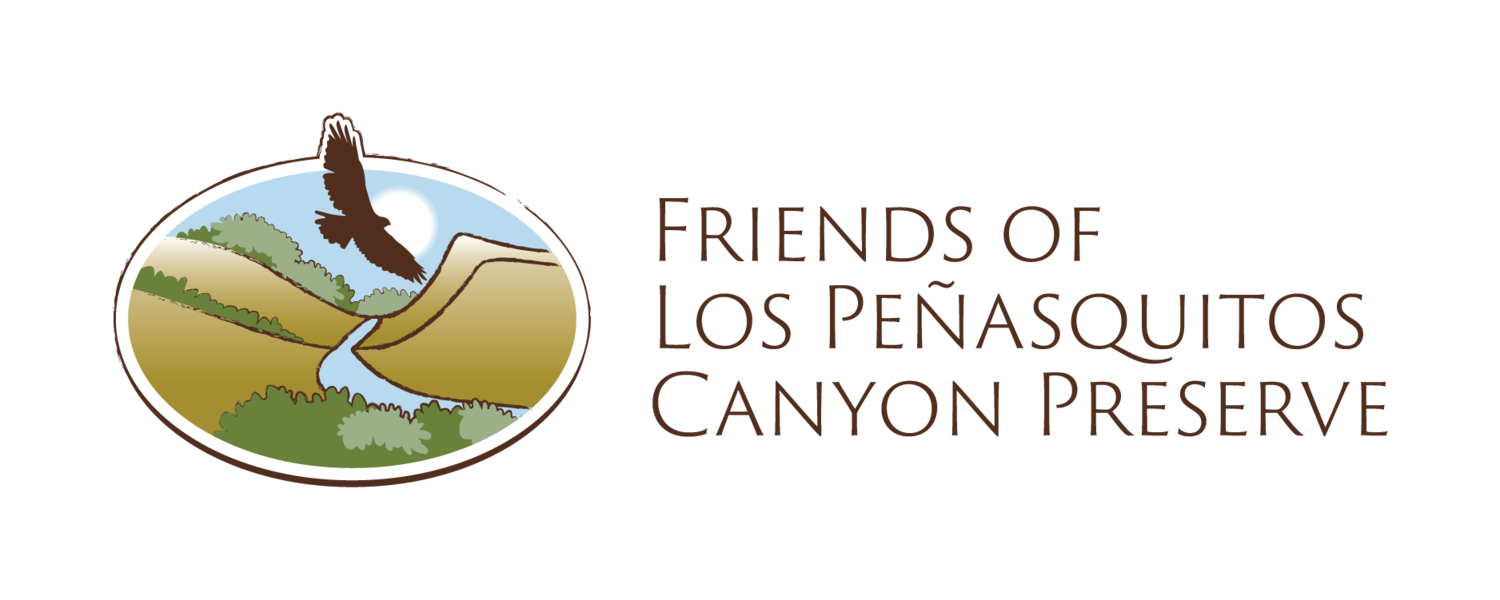Good Mother Spider? Lynx Spiders
By Mike Kelly
My boarder called me into my back yard, telling me I had to see something. She called me over to one of my Goldenbush shrubs (Isocoma menziesii). She pointed to a bright green spider and told me it was a lynx spider.
The spider appeared to be watching over an egg sack attached to a branch of the Goldenbush.
And she watched as the eggs hatched into tiny green baby lynx spiders. We watched as she stayed by the hatchlings, protecting them, we believe! I had to dive into their world to learn about them.
Lynx spiders, belonging to the family Oxyopidae, are fascinating arachnids known for their distinctive appearance and agile hunting techniques. These spiders are cosmopolitan, found worldwide, with a diverse range of species inhabiting various ecosystems.
One striking feature of lynx spiders is their exceptional vision. Equipped with large, forward- facing eyes, these spiders possess keen eyesight that sets them apart from many other spider species. This eyesight aids them in tracking and ambushing their prey with precision. Lynx spiders are often diurnal hunters, meaning they are active during the day, taking advantage of their excellent vision to navigate their surroundings and locate prey.
The appearance of lynx spiders is equally interesting. Typically, small to medium-sized (for a spider), they exhibit a flattened body shape and long, spiny legs. The coloration of lynx spiders varies widely, ranging from shades of brown and green to vibrant hues like yellow and red. This diversity in coloration serves as effective camouflage, allowing them to blend seamlessly into their environment, whether it be the foliage of plants or the bark of trees. My lynx, as I mentioned, was a bright green that blended well with the surrounding Goldenbush foliage.
One of the most remarkable aspects of lynx spider behavior is their hunting strategy. Unlike web-building spiders, lynx spiders are active hunters that rely on agility and speed to catch their prey. They do not construct intricate webs to ensnare insects; instead, they use their silk- producing spinnerets to create draglines for safety and to protect their eggs. Lynx spiders are known for their rapid movements and impressive leaping abilities, which they use to pounce on unsuspecting prey.
These spiders exhibit a wide-ranging diet, feeding on various insects such as moths, flies, and beetles. The agility of lynx spiders is crucial in capturing flying insects mid-air, showcasing their adaptability as predators. Their hunting prowess extends to ambushing prey on flowers and vegetation, where they patiently wait for an opportune moment to strike.
Reproduction in lynx spiders follows a pattern common to many arachnids. Mating involves complex courtship rituals, with males approaching females cautiously to avoid being mistaken for prey. After successful mating, females lay their eggs in silk sacs, which they guard diligently. The protective behavior extends to the mother actively defending her offspring after they hatch, as we saw in my backyard.
The presence of lynx spiders can be beneficial in agricultural settings, as they help control insect populations. Farmers and gardeners often appreciate these spiders for their role in natural pest control, reducing the need for chemical interventions. The ecological importance of lynx spiders extends beyond their predatory habits, contributing to the delicate balance of ecosystems.


